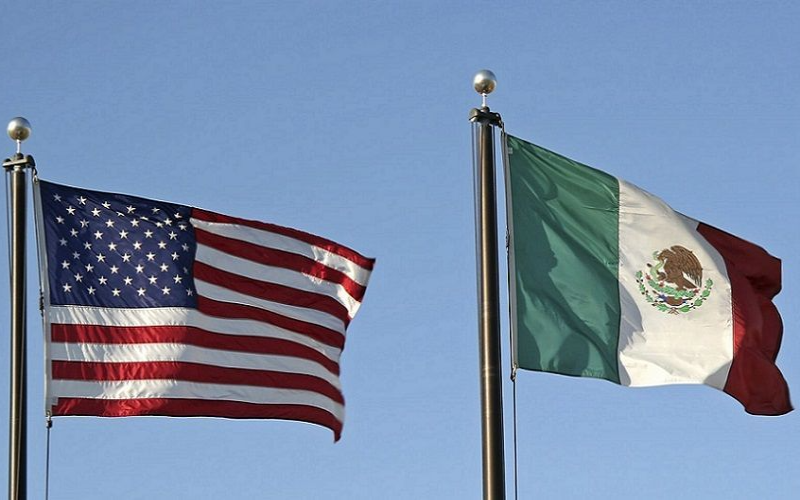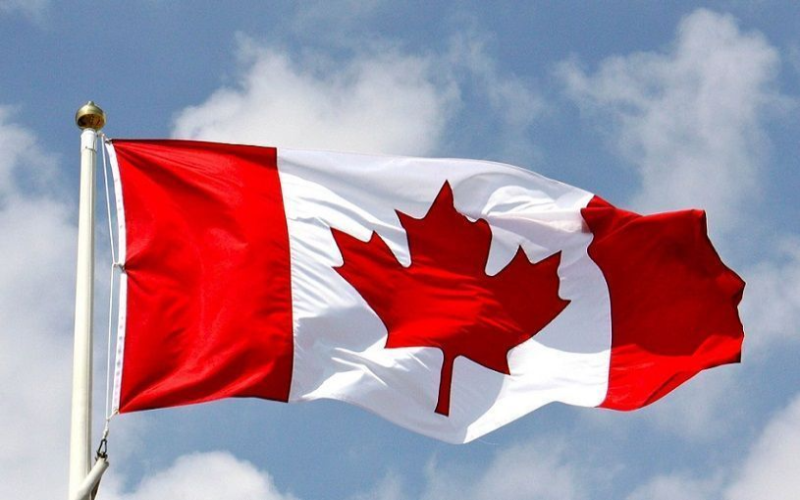China's Carrot-and-Stick Approach to EU Trade Begins to Pay Off as EV Tariffs Loom
Source: DairyNews.today
As the European Union (EU) prepares to vote on imposing duties on China-made electric vehicles (EVs), Beijing has effectively employed a carrot-and-stick strategy, leveraging both trade threats and investment incentives to influence EU member states. According to Reuters, China has been simultaneously threatening trade retaliation while engaging key EU countries in one-on-one negotiations to secure favorable deals and investments.

The potential imposition of counter-tariffs by China would largely target countries like Spain, France, and Italy—nations that have shown support for the EV duties. Key exports to China fr om these countries, including pork, dairy, and brandy, are at risk. In contrast, EU countries like Germany, Finland, and Sweden, which have not been vocal in supporting the tariffs, are expected to feel less impact, given their limited exposure to these export categories.
China's Strategy Gains Traction
China’s tactics seem to be bearing fruit. Spanish Prime Minister Pedro Sanchez, following a visit to China, went as far as to praise Chinese EVs, calling it an "honor" to sit in one. Sanchez, who had previously been supportive of the EU's stance on EV tariffs, unexpectedly urged the EU to reconsider its position. A Spanish government source indicated that the delegation returned fr om the visit feeling that Spain’s importance in China had risen, and that a deal on tariffs for pork products could be close.
As a further incentive, a Chinese company committed to building a $1 billion plant in Spain to produce machinery for hydrogen production, aligning with Spain’s green energy goals.
Beijing-based economist Mei Xinyu noted that targeting pork and dairy products maximizes the “domestic political cost” to countries advocating for the EV tariffs. The agricultural sector, a critical component of EU politics, relies heavily on China as a top export market, with pork, dairy, and brandy exports to China totaling around $10 billion in 2023.
Impacts of a Trade War
While China seeks to avoid a trade war with the EU, it has signaled its willingness to retaliate if Brussels proceeds with tariffs of up to 35.3% on Chinese EVs. In 2023, China exported 656,000 EVs to Europe, representing a 38% increase from the previous year. Europe accounted for over 40% of China’s EV exports, illustrating the critical importance of the EU market to China’s growing EV sector.
China's Commerce Minister Wang Wentao is set to visit Europe for talks with EU Trade Chief Valdis Dombrovskis, as well as a visit to Italy—a country that supports the EV tariffs but is also seeking Chinese investment to build its own EV production capacity. China needs at least 15 EU members representing 65% of the bloc’s population to oppose the tariffs in a vote scheduled for October.
Diverse EU Responses
EU member states remain divided on the issue. Some, like Germany and Finland, are more cautious, while smaller states are largely staying quiet. Ireland, for example, has minimal exposure to China and prioritizes its relationship within the EU over its trade ties with Beijing, according to an anonymous Irish trade representative. Despite Ireland’s ranking as one of the top EU dairy and pork exporters to China, trade with China has not grown as expected.
China's Tactics with Other Countries
China’s approach to the EU contrasts sharply with its handling of trade disputes with Canada. In response to Canada’s decision to impose a 100% tariff on Chinese EVs in August, Beijing swiftly launched a probe into Canadian rapeseed exports, alleging dumping. Unlike with the EU, wh ere Beijing has signaled its willingness to negotiate, China offered no such warning to Canada, opting for a “shock and awe” response instead.
China’s carrot-and-stick approach seems to be yielding results in Europe, wh ere the combination of trade threats and investment opportunities is swaying key EU members. However, the outcome of the upcoming EU vote on EV tariffs remains uncertain, as countries weigh the risks of upsetting their largest trading partner against domestic political pressures. As China continues to engage with individual EU states while pressuring others, the future of the EU-China trade relationship hangs in the balance.
China's Strategy Gains Traction
China’s tactics seem to be bearing fruit. Spanish Prime Minister Pedro Sanchez, following a visit to China, went as far as to praise Chinese EVs, calling it an "honor" to sit in one. Sanchez, who had previously been supportive of the EU's stance on EV tariffs, unexpectedly urged the EU to reconsider its position. A Spanish government source indicated that the delegation returned fr om the visit feeling that Spain’s importance in China had risen, and that a deal on tariffs for pork products could be close.
As a further incentive, a Chinese company committed to building a $1 billion plant in Spain to produce machinery for hydrogen production, aligning with Spain’s green energy goals.
Beijing-based economist Mei Xinyu noted that targeting pork and dairy products maximizes the “domestic political cost” to countries advocating for the EV tariffs. The agricultural sector, a critical component of EU politics, relies heavily on China as a top export market, with pork, dairy, and brandy exports to China totaling around $10 billion in 2023.
Impacts of a Trade War
While China seeks to avoid a trade war with the EU, it has signaled its willingness to retaliate if Brussels proceeds with tariffs of up to 35.3% on Chinese EVs. In 2023, China exported 656,000 EVs to Europe, representing a 38% increase from the previous year. Europe accounted for over 40% of China’s EV exports, illustrating the critical importance of the EU market to China’s growing EV sector.
China's Commerce Minister Wang Wentao is set to visit Europe for talks with EU Trade Chief Valdis Dombrovskis, as well as a visit to Italy—a country that supports the EV tariffs but is also seeking Chinese investment to build its own EV production capacity. China needs at least 15 EU members representing 65% of the bloc’s population to oppose the tariffs in a vote scheduled for October.
Diverse EU Responses
EU member states remain divided on the issue. Some, like Germany and Finland, are more cautious, while smaller states are largely staying quiet. Ireland, for example, has minimal exposure to China and prioritizes its relationship within the EU over its trade ties with Beijing, according to an anonymous Irish trade representative. Despite Ireland’s ranking as one of the top EU dairy and pork exporters to China, trade with China has not grown as expected.
China's Tactics with Other Countries
China’s approach to the EU contrasts sharply with its handling of trade disputes with Canada. In response to Canada’s decision to impose a 100% tariff on Chinese EVs in August, Beijing swiftly launched a probe into Canadian rapeseed exports, alleging dumping. Unlike with the EU, wh ere Beijing has signaled its willingness to negotiate, China offered no such warning to Canada, opting for a “shock and awe” response instead.
China’s carrot-and-stick approach seems to be yielding results in Europe, wh ere the combination of trade threats and investment opportunities is swaying key EU members. However, the outcome of the upcoming EU vote on EV tariffs remains uncertain, as countries weigh the risks of upsetting their largest trading partner against domestic political pressures. As China continues to engage with individual EU states while pressuring others, the future of the EU-China trade relationship hangs in the balance.














